Spiritual Shanxi
Updated: 2015-08-17 09:41
By Grace Jackson(chinadaily.com.cn)
|
||||||||
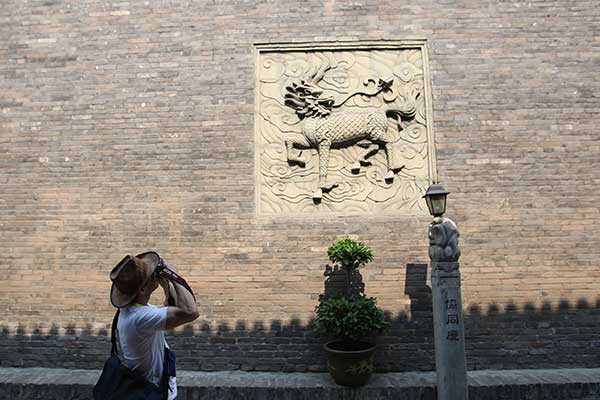 |
|
Pingyao ancient town in Shanxi province.[Photo by Wang Zhuangfei] |
The Five Tan Yao caves (Caves 16-20) house huge statues of five emperors of the Northern Wei Dynasty represented as Buddhas. Li Jing, our dedicated local guide, told me a little of their gritty history. The story of Emperor Taiwu (AD 408-452) particularly interested me. He was a devout Taoist who tried to abolish Buddhism.
When he died, his son asked Tan Yao to construct Taiwu’s image in Buddhist guise, decorated with a thousand Buddha designs, to represent the Buddhist monks he had killed. Looking at the beautiful 15-meter high statue, I was fascinated by how much time and effort had been put into making a mockery of an emperor that broke with tradition.
In the Five Color Caves, I read the story of the Buddha from images of daily life and rich imperial scenes. There were dancers and teachers, monks and concubines, farmers and lords. The vivid carvings of those scenes had spiritual charm and Lovecraftian grandeur. I asked myself: Do I take photos or do I simply look? How do I describe this to my friends? How do I tear myself away?
The Yungang Grottoes are a masterpiece, a spiritual haven in the dry Wuzhou Mountains. I was awed by the intricacy of the stone structures, the workmanship of the carvers, the expressive Buddha faces, and the ages that they had survived through. I stood looking at each cave for far longer than I realized.
The thousands of carved Buddhas were resilient and quietly smiled at me with encouragement, as if to say "This is what humanity can do. This is what you can do."
- IS likely uses mustard agent in Iraq attack
- Fidel Castro marks 89th birthday with surprise visit
- Switzerland begins public consultations on joining China-led AIIB
- Malaysia seeks increased trade ties with China
- China salutes veterans of anti-Japanese aggression war
- 5 Japanese ex-PMs show concerns over security bills

 Times Square 'Kiss-In'
Times Square 'Kiss-In'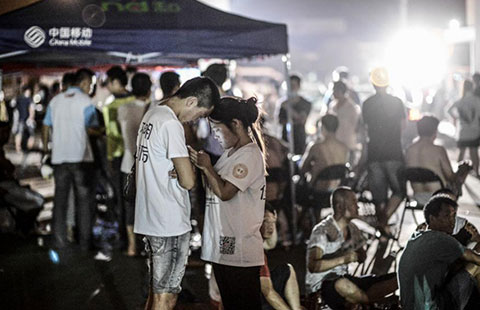
 School turns into place of shelter in Tianjin
School turns into place of shelter in Tianjin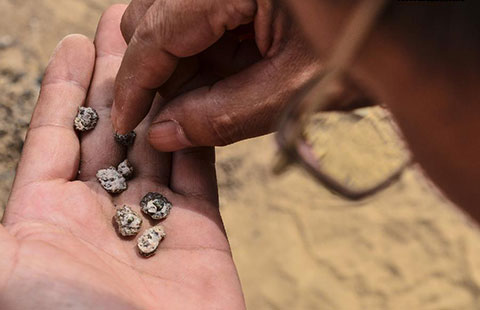
 Earliest site of coal fuel found in Xinjiang
Earliest site of coal fuel found in Xinjiang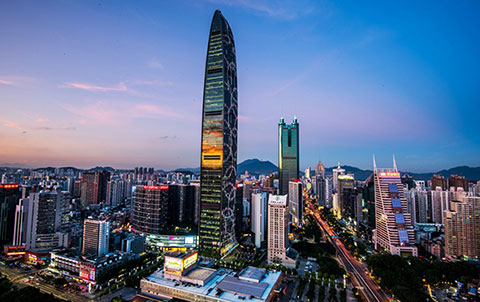
 Top 10 Chinese cities with highest property prices
Top 10 Chinese cities with highest property prices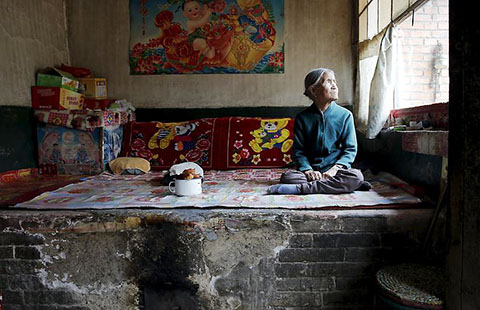
 Comfort women: Scars have not been healed
Comfort women: Scars have not been healed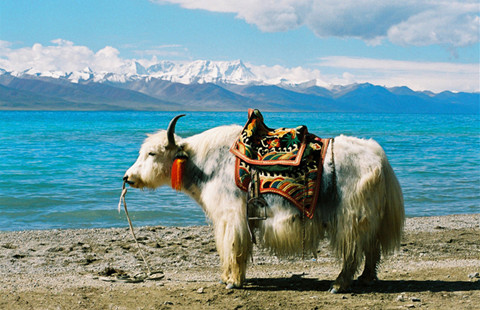
 Top 10 places to visit in Tibet
Top 10 places to visit in Tibet
 8 groups yuan depreciation will impact most
8 groups yuan depreciation will impact most-
 Historic kiss on grand scale
Historic kiss on grand scale
Most Viewed
Editor's Picks

|

|

|

|

|

|
Today's Top News
New York event marks war anniversary
Li, 24, runs for House
China, US engage in human rights
China investigates Tianjin blasts, experts focus on chemicals
PBOC promises effective steps for yuan stability
US oil slides to six-and-a-half year low under $42 as stocks build
US believes IS likely uses mustard agent in Iraq attack
12 firefighters among 44 killed in Tianjin explosions
US Weekly

|

|





